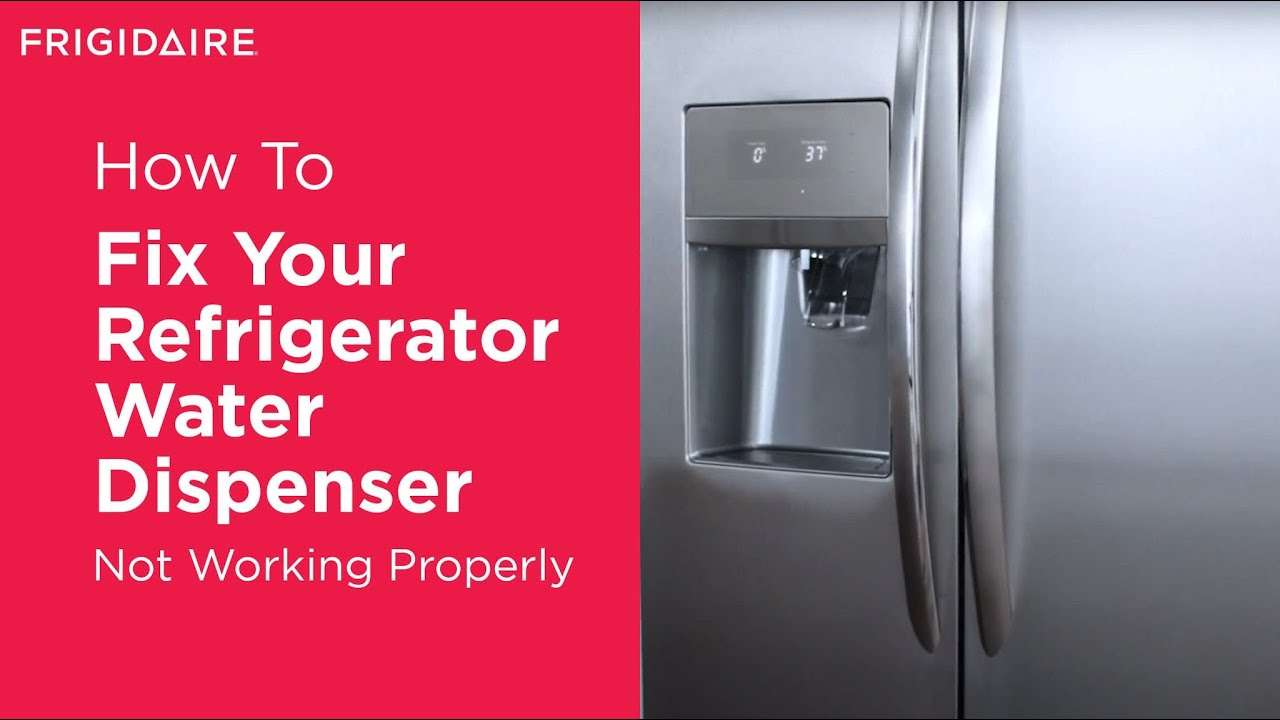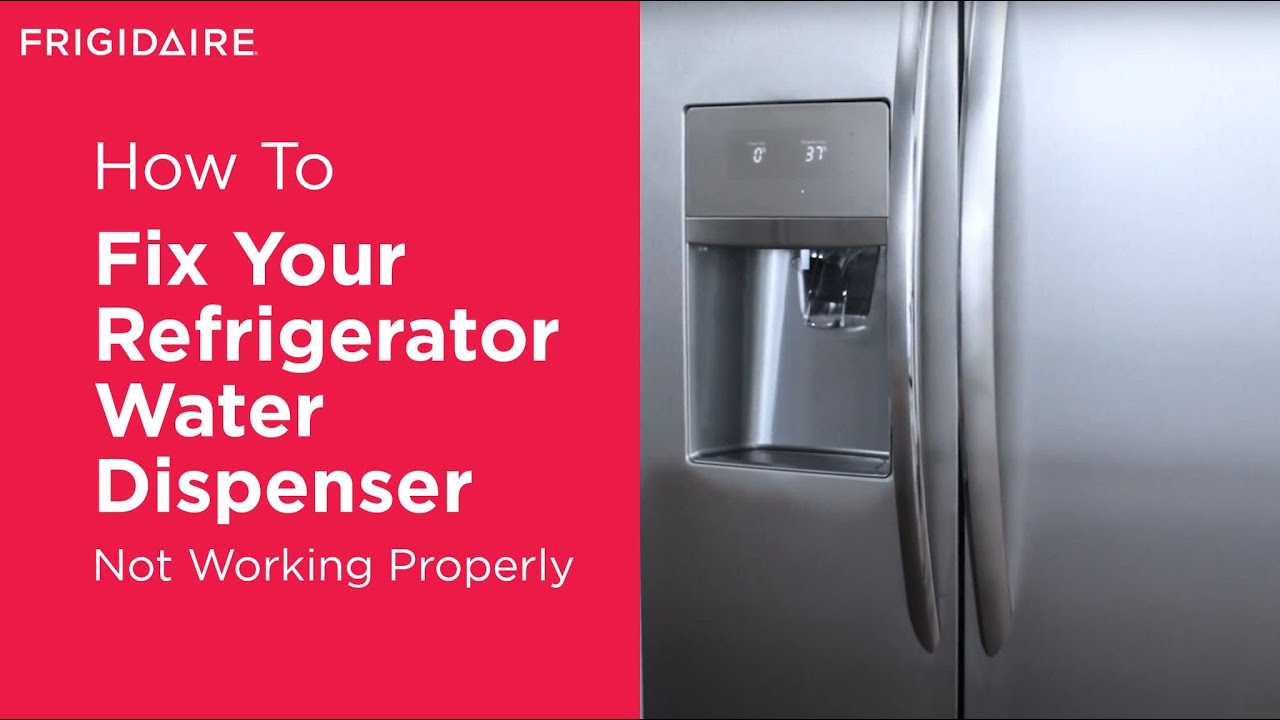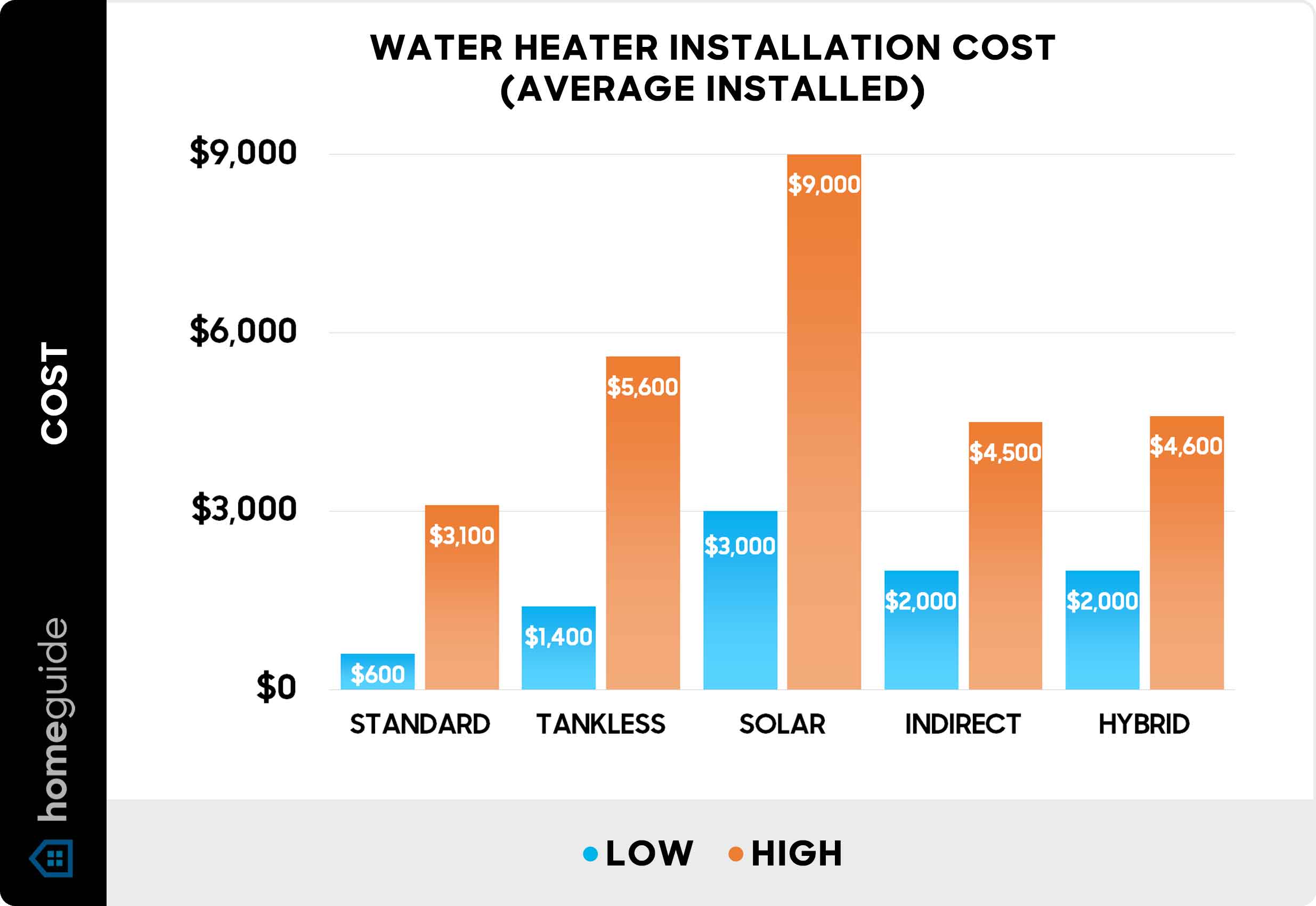The presence of an expansion tank for water heater systems is often viewed as a mere box-ticking exercise, a requirement dictated by building codes. However, understanding the true purpose and benefits of an expansion tank extends far beyond simple compliance. These unassuming components play a vital role in safeguarding your plumbing system and ensuring the longevity of your water heater. Furthermore, selecting the right size and type of **expansion tank for water heater** setup is crucial for optimal performance and prevents costly damage. Ignoring this crucial aspect can lead to serious pressure build-up, potentially causing leaks, bursts, and premature failure of your appliances.
Why is an Expansion Tank Necessary?
Water, unlike air, is practically incompressible. When water is heated within a closed system, like your water heater, it expands; Without an outlet for this expansion, the pressure within the system will steadily increase. This increased pressure can stress pipes, fittings, and even the water heater tank itself. An **expansion tank for water heater** use provides a dedicated space to accommodate this increased volume, preventing pressure from exceeding safe limits.
The Dangers of Over-Pressurization
- Leaking Faucets and Toilets: Excess pressure can force water past the seals in faucets and toilets, leading to constant drips and wasted water.
- Burst Pipes: In extreme cases, the pressure can exceed the burst strength of your plumbing pipes, resulting in significant water damage.
- Water Heater Failure: Repeatedly exceeding the pressure limits of your water heater can weaken the tank and shorten its lifespan.
- Damage to Other Appliances: Appliances connected to the water system, such as dishwashers and washing machines, can also be damaged by excessive pressure.
Choosing the Right Expansion Tank
Selecting the appropriate expansion tank involves considering factors such as the size of your water heater and the water pressure in your system. Too small an expansion tank won’t adequately accommodate the expanding water, while an overly large tank can be inefficient and take up unnecessary space.
Sizing Considerations
While a professional plumber can provide the most accurate assessment, a general guideline is to choose an expansion tank with a capacity of approximately 10% of your water heater’s tank volume. For example, a 50-gallon water heater typically requires a 5-gallon expansion tank. Always consult the manufacturer’s specifications for the most accurate sizing recommendations.
Installation and Maintenance
Proper installation is paramount for an expansion tank to function correctly. It is typically installed on the cold water inlet line to the water heater. Regular maintenance, such as checking the pre-charge pressure of the tank, is also essential to ensure its continued effectiveness. A simple pressure gauge can be used to verify that the pre-charge matches the water pressure in your system.
Ultimately, understanding the importance of an **expansion tank for water heater** systems goes beyond simply adhering to code regulations. By proactively safeguarding your plumbing system from over-pressurization, you’ll be ensuring the longevity of your appliances and preventing costly repairs.
Furthermore, consider the type of expansion tank best suited for your needs. Common types include bladder-style and diaphragm-style tanks. Bladder-style tanks contain a flexible bladder that separates the air and water, preventing waterlogging and maintaining consistent pressure. Diaphragm-style tanks utilize a diaphragm instead of a bladder, offering similar benefits. The choice between the two often comes down to personal preference and budget.
TROUBLESHOOTING COMMON ISSUES
Even with proper installation and maintenance, expansion tanks can sometimes experience problems. One common issue is waterlogging, where the air cushion within the tank dissipates, rendering it ineffective. This can be caused by a leaking bladder or diaphragm, or simply by air gradually dissolving into the water. If you suspect waterlogging, try draining the tank completely and then re-pressurizing it to the recommended pre-charge pressure. If the problem persists, the tank may need to be replaced.
SIGNS OF A FAILING EXPANSION TANK
– Water Hammer: Loud banging noises in your pipes when faucets are turned on or off can indicate a failing expansion tank.
– Constant Relief Valve Discharge: If your water heater’s temperature and pressure relief valve is constantly discharging water, it may be due to excessive pressure caused by a faulty expansion tank.
– Fluctuating Water Pressure: Noticeable fluctuations in water pressure throughout your home can also be a sign of a failing expansion tank.
BEYOND THE BASICS: ADVANCED CONSIDERATIONS
For complex plumbing systems or homes with high water pressure, additional considerations may be necessary. For example, a pressure reducing valve can be installed on the main water line to lower the overall water pressure, reducing the strain on the expansion tank and other plumbing components. In some cases, multiple expansion tanks may be required to adequately accommodate the expanding water volume.
In conclusion, the **expansion tank for water heater** systems is not merely a code requirement but a vital component for safeguarding your plumbing and ensuring the longevity of your water heater. Regular inspection and maintenance can help prevent costly repairs and ensure the efficient operation of your hot water system.






